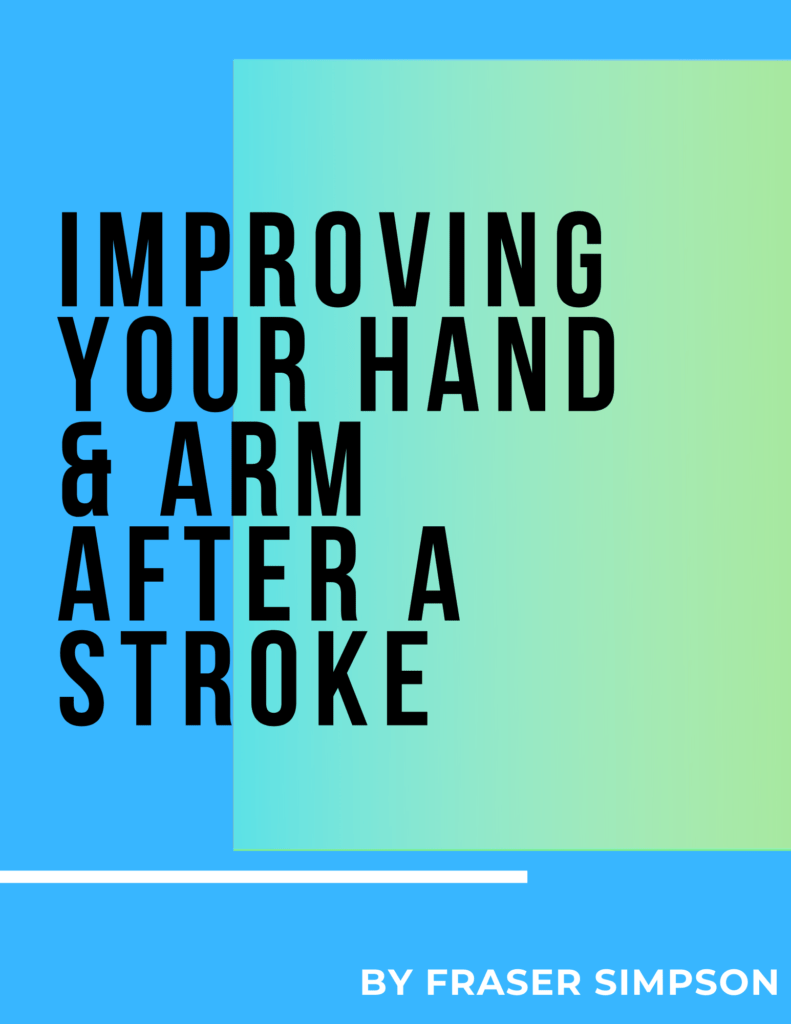When living with Parkinson’s disease, it’s often the visible symptoms that draw the most attention: tremors, balance issues, or the characteristic shuffling gait. But one of the most profound changes many people face is the quiet, often unnoticed loss of their voice.
You may find that your speech has become softer, harder to project, or that others are asking you to repeat yourself more often. It might not happen overnight, but gradually your ability to communicate clearly and confidently can feel as though it’s slipping away. For many, this isn’t just frustrating—it can be isolating.
But here’s the good news: help is available, and it’s effective. Specialist LSVT LOUD sessions for Parkinson’s are a proven and powerful way to regain control of your voice and reconnect with the world around you.
What is LSVT LOUD?
LSVT LOUD (Lee Silverman Voice Treatment) is a specialist speech therapy programme designed specifically for people living with Parkinson’s. Unlike general speech therapy, LSVT LOUD is tailored to target the unique voice and communication changes caused by the condition.
The programme works by helping individuals relearn how to use their voice at a normal volume. Through intensive, one-to-one sessions with a certified therapist, LSVT LOUD helps to strengthen vocal cords, improve clarity, and boost confidence.
It’s not just about volume; it’s about quality of life. Being heard and understood can make a huge difference to how connected someone feels to their family, friends, and community.
Why Do People with Parkinson’s Experience Voice Changes?
Parkinson’s affects the brain’s ability to send proper signals to the muscles that control movement—including those involved in speech. This can result in a quieter voice, monotone speech, slurred words, or even a reduced ability to show expression through tone.
Over time, these changes can have a significant emotional impact. You may start to avoid conversations, withdraw from social activities, or lose confidence when speaking in groups. But understanding that these changes are a common part of Parkinson’s is the first step toward taking action.
The Science Behind Specialist LSVT LOUD Sessions for Parkinson’s
What makes Specialist LSVT LOUD sessions for Parkinson’s different is their research-backed intensity and focus. The programme consists of 16 sessions over four weeks (four sessions per week), each lasting around an hour. Alongside these sessions, daily home practice is encouraged to reinforce the skills learned in therapy.
The approach is based on principles of neuroplasticity—the brain’s ability to adapt and rewire itself. By working consistently and intensively on vocal exercises, individuals essentially “retrain” their brains and bodies to speak with strength and clarity.
Studies have shown that the benefits of LSVT LOUD are not only immediate but long-lasting. Many people report noticeable improvements in their ability to communicate after just a few weeks.
Real-Life Benefits of LSVT LOUD
The most meaningful outcomes of Specialist LSVT LOUD sessions for Parkinson’s go far beyond technical improvements. Clients often tell us they feel more confident speaking on the phone, in shops, at family gatherings, or even just having a conversation at home.
Here are some of the changes you might notice:
- Increased vocal volume and projection
- Better speech clarity and articulation
- Improved breathing patterns during speech
- Greater facial expression and vocal intonation
- Renewed confidence in social settings
These changes don’t just happen in the therapy room—they make a difference in everyday life. And perhaps most importantly, they help you feel more like yourself again.
Is LSVT LOUD Right for Everyone?
If you or a loved one has been diagnosed with Parkinson’s and are noticing changes in speech or communication, it’s worth exploring whether LSVT LOUD is the right fit.
It works best when started early, but even those in more advanced stages of Parkinson’s can benefit. What’s essential is a willingness to commit to the programme and the desire to work on improving your voice.
At Simpson Physiotherapy, our approach is supportive, compassionate, and tailored to each individual. We understand that Parkinson’s presents differently in everyone, and we adapt our sessions to meet your needs.
Consistency and Support Make the Difference
Just like with physical physiotherapy, consistency and repetition are key to success. That’s why our LSVT LOUD sessions are structured to build progress steadily over time, giving you the best chance to see real, lasting results.
We also recognise that this journey can be emotional. That’s why our support goes beyond exercises—we’re here to listen, to encourage, and to help you stay on track.
What to Expect in a Session
Our LSVT LOUD sessions follow a clear structure, but they’re always delivered in a warm and welcoming environment. You can expect:
- One-to-one sessions with a certified LSVT LOUD therapist
- Simple, structured vocal exercises focused on projection and clarity
- A personalised home practice plan to keep you progressing between sessions
- Regular progress reviews to track improvements
The goal is to give you the tools and confidence to use your voice effectively in everyday life—not just in the clinic.
Take the First Step Today
Your voice matters. Whether you’re newly diagnosed or have been living with Parkinson’s for years, it’s never too late to take action.
If you’re ready to rediscover your voice and improve your communication, we’re here to help.
To learn more about our Specialist LSVT LOUD sessions for Parkinson’s, get in touch today to arrange a complimentary telephone consultation. Our expert team is here to answer your questions, listen to your concerns, and help you take that next positive step.
Click here or call 0141 530 2092 to book your consultation.
At Simpson Physiotherapy, we believe your voice deserves to be heard—clearly, confidently, and consistently.
Let’s begin the journey together.
More Free Resources:
Check out our YouTube channel – Fraser Simpson – YouTube
Read our blog – How Parkinson’s Affects Life & Ways to Improve Mobility



